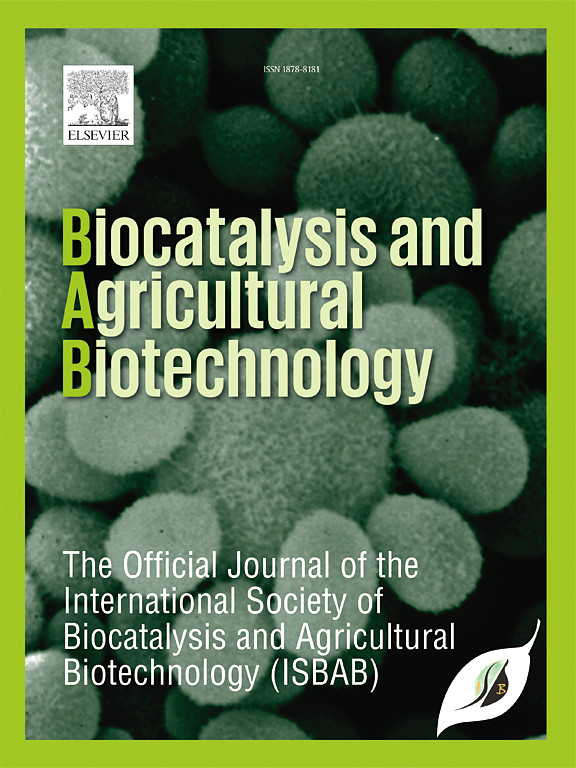阿萨伊(Euterpe oleracea mart.)及其加工残留物的生物活性化合物和抗菌特性--对智能包装和绿色化学的启示
IF 3.4
Q2 BIOTECHNOLOGY & APPLIED MICROBIOLOGY
引用次数: 0
摘要
本文章由计算机程序翻译,如有差异,请以英文原文为准。
Bioactive compounds, antimicrobial properties of Açaí (Euterpe oleracea mart.) and its processing residues – Insights for smart packaging and green chemistry
Euterpe oleracea Mart. is a palm tree native to the Brazilian Amazon, an important food source producing açaí fruit, rich in flavonoids of antioxidant and antimicrobial activities. Açaí oil pulp is a rich source of lipophilic antioxidants, rich in mono- and polyunsaturated fatty acids (60% oleic acid and 12% linoleic acid), vitamins A, E, D, and phytosterols. Açaí fruit comprises 10% of pulp and 90% of residues. Its processing also generates the seed as a by-product, and recent studies showed açaí seed oil (∼6% yields) rich in flavonoids, anthocyanins, oleic, linoleic, myristic, and palmitic acid. Herein, we provided a comprehensive overview of antimicrobial activity and bioactive compounds in açaí. We identified technical approaches to improve antimicrobial activity as the effect of solvent extract; combining bioactive compounds; encapsulation of açaí oil in inclusion complexes with potential as excipients and carriers; açaí oil as oily portion of nanoemulsions; incorporation in edible films and coatings to biodegradable packaging materials; açaí extract as natural pH indicator for colorimetric sensing in smart packaging; and synergism with non-thermal food processing methods. Phenolic acids and cyanidins were mainly found as bioactive compounds. Açaí showed antibacterial, antifungal, antiviral, and antiplasmodial activities and synergism with other antimicrobial drugs. Polyphenols of açaí can survive in vitro intestinal digestion and exert anti-genotoxic effects on gut health. We also identified açaí seed waste extracts in new insights for green synthesis in producing novel nanomaterials and intelligent packaging of antioxidant and antimicrobial potential.
求助全文
通过发布文献求助,成功后即可免费获取论文全文。
去求助
来源期刊

Biocatalysis and agricultural biotechnology
Agricultural and Biological Sciences-Agronomy and Crop Science
CiteScore
7.70
自引率
2.50%
发文量
308
审稿时长
48 days
期刊介绍:
Biocatalysis and Agricultural Biotechnology is the official journal of the International Society of Biocatalysis and Agricultural Biotechnology (ISBAB). The journal publishes high quality articles especially in the science and technology of biocatalysis, bioprocesses, agricultural biotechnology, biomedical biotechnology, and, if appropriate, from other related areas of biotechnology. The journal will publish peer-reviewed basic and applied research papers, authoritative reviews, and feature articles. The scope of the journal encompasses the research, industrial, and commercial aspects of biotechnology, including the areas of: biocatalysis; bioprocesses; food and agriculture; genetic engineering; molecular biology; healthcare and pharmaceuticals; biofuels; genomics; nanotechnology; environment and biodiversity; and bioremediation.
 求助内容:
求助内容: 应助结果提醒方式:
应助结果提醒方式:


